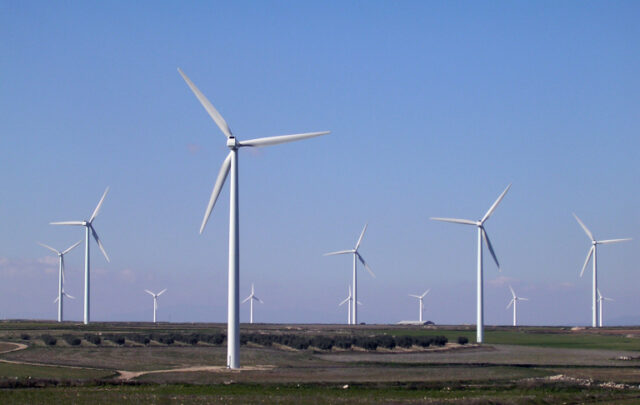In 2014, Earth Scientist David Hughes took a hard look at the EIA’s existing Annual Energy Outlook shale gas and tight oil forecasts and conducted his own play-by-play, in-depth analysis to create the groundbreaking report, Drilling Deeper. In Drilling Deeper, as in the follow-up report 2015 Shale Gas Reality Check, he found that EIA projections for shale gas production and prices were consistently and greatly overstated.
In September 2016, the EIA released its Annual Energy Outlook 2016. Consequently, David Hughes applied the same scrutiny to AEO2016 as he has in the past to explore how the EIA’s projections and assumptions regarding shale gas have changed over the last two years, as well as assessed the AEO2016 against both Drilling Deeper and up-to-date production data from key shale gas plays.
The findings in this year’s analysis are consistent with previous assessments of the EIA’s shale gas projections – they trend toward a very high optimism bias, with increasingly unexplained volatility. The EIA’s yearly AEO has enormous influence with policymakers, the media, and through them the general public. The AEO influences government policy and industry investment.
Key Conclusions
- Shale gas production overall has been revised upward in all years, with revisions exceeding 30% after 2025 and reaching 50% in 2040.
- All plays have been revised upward with the exception of the Eagle Ford and early years in the Fayetteville and Barnett – in some plays/years by more than 60%.
- AEO2016 production estimates from 2014 to 2040 is 22% higher than AEO2015, and 83% higher than Drilling Deeper.
- Actual shale gas production overall has declined by 4.7% since peaking in February 2016. All shale plays have peaked and older plays, like the Barnett and Haynesville, are down 38% and 52%, respectively.
- Prolific shale gas plays are not ubiquitous, as some would have us believe. Just five plays, the Marcellus, Eagle Ford, Utica, Haynesville and Barnett, made up 74% of August 2016 production.
- The EIA drilling rates in AEO2015 require a little over one million wells to be drilled between 2015 and 2040. At an average cost of $6 million each that represents an investment of $6 trillion.
Questions for the EIA
After closely reviewing the AEO2016, David Hughes raises some urgent questions about EIA’s U.S. shale gas forecasts, such as:
- What justifies the substantial forecasted growth in shale gas production, given that drilling rates are projected to remain below 2014 levels through 2040, with only a modest increase in oil price?
- What is the reason for the substantial variation in AEO2015 and AEO2016 projections?
- How can overall shale gas production increase by 31% in AEO2016 compared to AEO2015 while assuming gas prices are 20% lower over the 2015-2040 period?
Hughes’ findings point to not only increasingly overstated forecasts by the EIA, but also increasingly volatile assessments – both of which are highly troubling. The report raises critical questions about the veracity and volatility of the EIA’s estimates, questions that are especially important as the Trump Administration sets its domestic energy policy.
Gas drilling rig via shutterstock. Reproduced on Resilience.org with permission.






